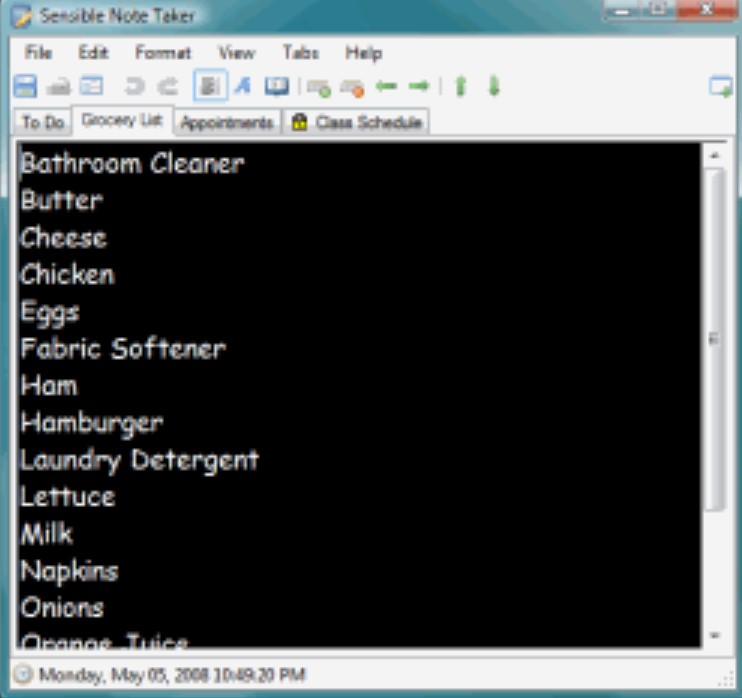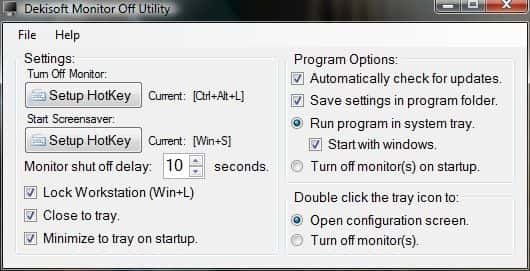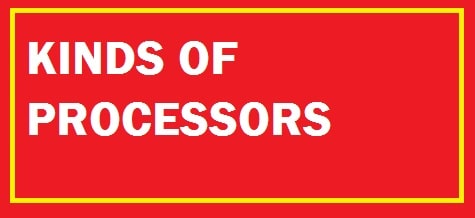
A processor is a chip that reacts to fundamental instruction and input processes to operate a system. It is used for getting, decoding, and processing, executing as well as writing feedback to the chip instructions. Known as the brain of any electron system it is used to get into laptops and systems. phones as well as embedded systems. The following are the two important components of a processor:
- Arithmetic logic unit.
- Control unit.
Logic functions include:
- Multiplication, subtraction and division.
Control unit manages:
- The flow of traffic that follows operation or command by the input instruction.
This however, is used to have interaction with the neighboring components which can be their input, output, storage and memory components. You should read the brief history of these chips to also get a broad understanding of how far they have come.
The 4 Main Different Types of Processors (Explained)
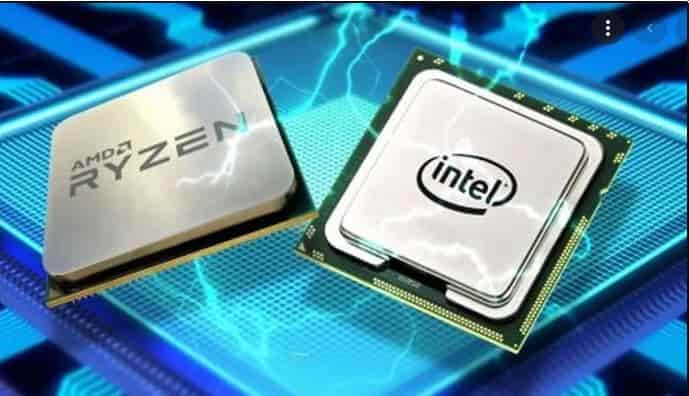
These are of 4 types and can also be varied according to the device. CPU-important elements are labeled as processors and systems heart elements. The control unit is used to activate, fetch, and execute input instructions. Moreover, it can also be embedded in a microprocessor and compromise the IC unit chip.
Remember that a few devices are based on multi-core processors and compromise on one or more CPUs. It is more like a tiny component with pins embedded on the motherboard and can also be linked to it with the help of a fan and heat sink to disperse the heat that has been produced.
Microprocessor – Complete Compute Engine (CCE)

Microprocessor incorporated in embedded systems donates the fundamental process of the system. Today there are many different options in the market implemented by different enterprises. Keep in mind that this one is a standard option that has ALU, unit control along with a club of registers called control registers, status registers and scratchpad registers.
Now, this could be on-chip memory and some interfaces can be having interaction with the world through interrupting lines while others include ports and memory registers to have interaction. The ports are also known as programmable and make them act either as input or output. According to the behavior of the devices, these can be fed and modified.
When one or two of these merge they form a multi-processor. The input, and output operations with memory are shared by these. Access time in the memory register is almost the same for each type and each one is associated by bus. Both working and access along with their input and output functions are shared mutually by a processor to perform the very same function.
Micro-controller – A compact integrated circuit
This one comes in different sizes and packages. Its fundamental function is input reading and then reacting to corresponding output and is thus known as a general-purpose input and output processor (GPIO). Some of these are below:
- P1C16F877A, Microchip Atmega328, Microchip P1C18F45K22, Microchip P1C16F671 and Microchip P1C16F1503.
Knowledge Page: See how many different types of computer mice exist today.
Embedded Processor – Control Electronic and Mechanical Devices
These are used to have control over the electrical and mechanical functions. It carries different blocks such as the timer, the memory of the program, data memory, reset, power, supply, interrupt controller, clock oscillator systems, interfacing circuits, particular circuits, and system app ports and circuits.
Digital Signal Processor (DSP)
This one is used to filter, measure, and compress analog and digital signals. If you are not aware then processing if signal means manipulation and analysis of digital signals. Such a process is made by using app-specified integration circuits, digital signal processors, field-programmable gate arrays, or can also be a system to achieve signal. In this, the processors are used to scan barcodes, oscilloscopes, printers and mobile devices. Moreover, these are preferably used for rapid and implied real-time apps.
ALSO CHECK: Use your computer in an eco-friendly manner (11 tips).
Different Components of a Processor Chip
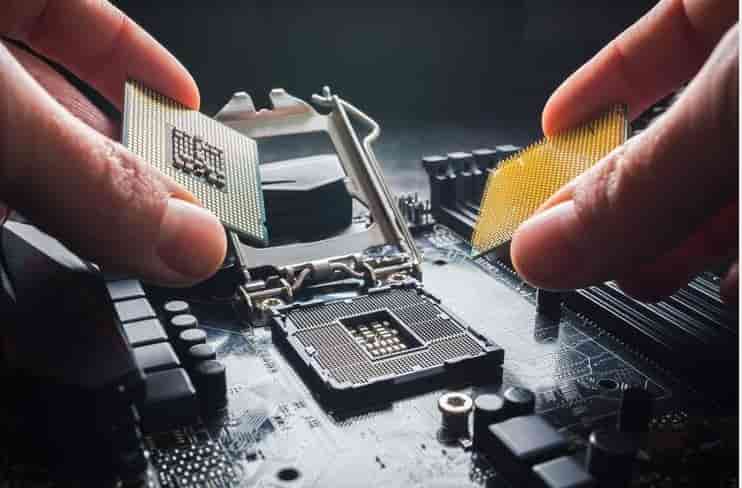
- Its important parts include control units, arithmetic logic units, registers, floating points, L1 and L2 cache memory.
- The arithmetic logic unit carries logical and arithmetic functions on operands in instructions.
- A floating unit is known as a numeric or math coprocessor. This is used to manipulate numbers rapidly as compared to the operation of basic microprocessor units.
- Registers save up instructions and data to feed operands to ALU and also store the results of the operation. L2 and L1 cache memory is used to save CPU time to get data from RAM.
- Primary functions include fetching, decoding, writing back and execution. The fetch function is the one that gets all the instructions from memory and feeds them to the RAM.
- In the decoding process, all the instructions can be edited to understand other elements of the CPU are needed to persist in operation which is all done by the instruction decoder in the execution process. If we talk about CPU then this is used to trigger and carry out various functions.
- Today many processors available in the market are multi-cored which carry multiple IC to enhance performance, limit the consumption of power and provide a simultaneous process to perform parallel processing or different tasks.
- Multiple cores installation comes with separate processors as they get plugged into one socket and provide a common established connection to make it fast.
- In some systems, it carries two or more than two cores and can also be increased up to 12 cores. A single-core is when the CPU can process with only a set of finite commands. The dual-core is when it can obey two instructions at the very same time.
- A quad-core processor is when the CPU obeys four sets of commands. However, if there are more then the system can obey multiple commands at the same time.
Now, there are some which are multi-threading and use the core of the virtualized CPU. These are also known as vCPUs. Remember that these are not as powerful as physical core and are used to increase performance in virtual machines. It is also used to add unnecessary vCPU to affect the consolidated ratio which can be built on either four or six in-built physical cores.
RECOMMENDED: How To Monitor Your Processor Temperature with these 8 apps.
Conclusion
You have now learned about how many different types of computer processors there are for laptops or computers. We have also explained and listed the components inside a processor chip for your better understanding of this subject. The above explanation also works for Intel or AMD chips as the base architecture and technology are very similar regardless of their models and performance.




